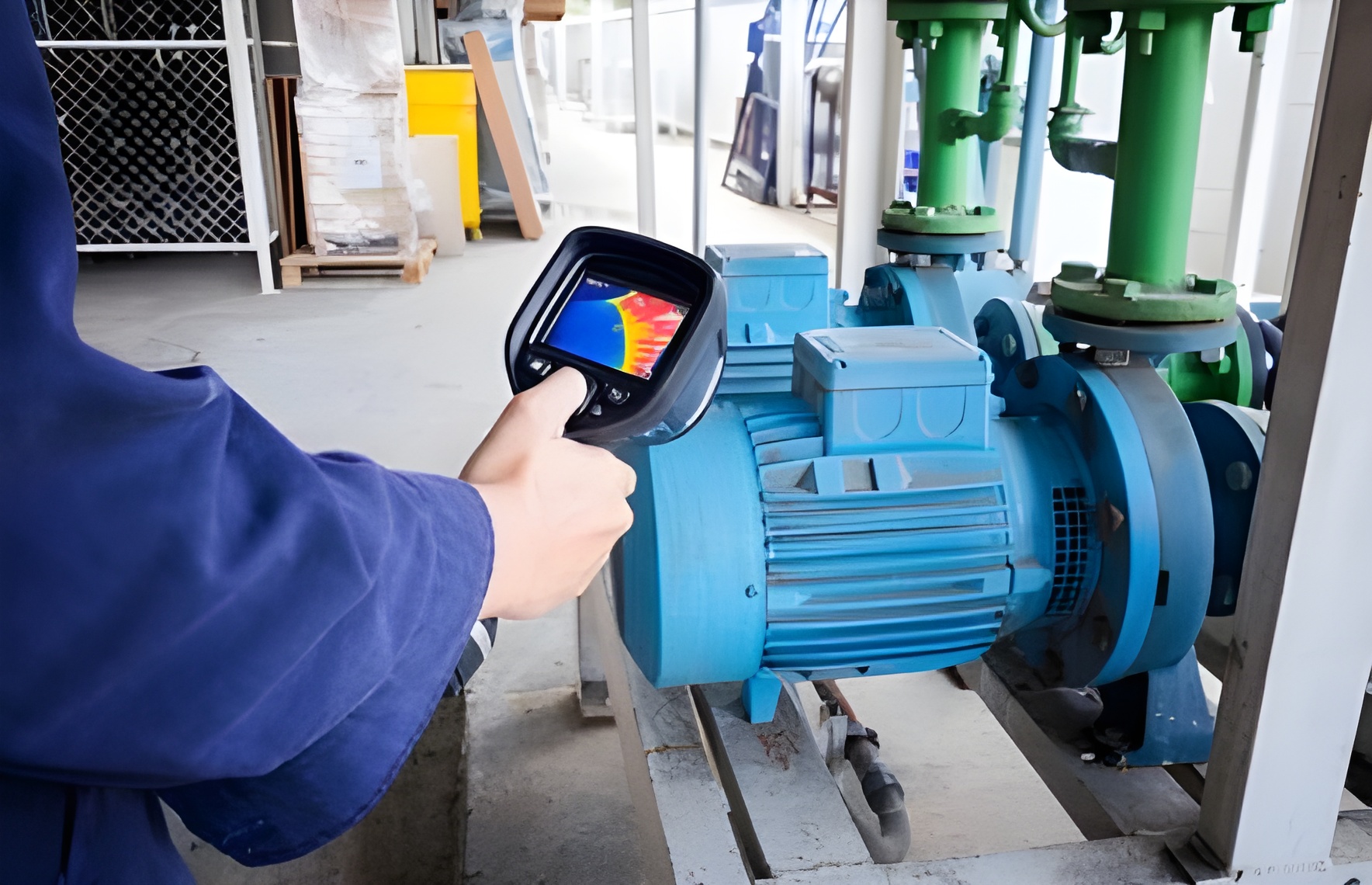Thermal Imaging
Thermography is a tool for recording nearest surface temperatures and our expert engineers have the ability to correctly set up their cameras with the right object parameters for the given situation. Our high level training ensures that we correctly assess the inspection and apply the required thermographic technique. We will ensure that the correct object parameters are input prior to any inspection commencement including emissivity, ambient and t-refl temperatures, distance, humidity and any other associated values required for accurate thermographic image interpretation.
Working
How Does Thermal Imaging Work?
Every object gives off some amount of thermal radiation so thermal imaging is ideal for observing temperature anomalies that are abnormal in engines, electrical systems, tanks or even solid objects such as fiberglass, aluminum, steel or wood. For example when using a thermal camera in an engine room during a sea trial the surveyor can scan the cooling system of an engine such as a heat exchanger.

Advantages
What Other Advantages Are There to Thermal Imaging ?
- It is real time which allows fast scanning and results. For example when on a sea trial scanning an engine under a load.
- No contact is needed. This keeps the surveyor out of harms way yet enables the surveyor to view areas normally difficult to examine while underway. An example again is when in an engine room during a sea trial, by using a thermal imaging camera the surveyor can scan the engines cooling system such as heat exchangers, manifolds, risers and exhaust systems. A turbo unit on a diesel engine is another high temperature component that can be inspected by using the thermal camera. Many of these components could not be inspected to the same degree without the use of thermal imaging. Because of thermal imaging, time is saved disassembling and troubleshooting a component or going through miles of wiring on a boat or yacht to find the problem. The thermographic image can find the problem quickly.
- Because of thermal imaging, time is saved disassembling and troubleshooting a component. When inspecting engines there is no way of knowing if a bearing failure is looming on a power steering pump, alternator or water pump. With thermal imaging the surveyor can detect a potential problem in a bearing by the excess heat detected on the thermal image.
- Thermal imaging enhances the marine survey report. Our company provides thermal imaging at no additional charge to our customers on all marine surveys. Thermal imaging on engines, transmissions, tankage, electrical systems, electrical components such as GPS and radar, and on vessel hulls and decks can determine if malfunctioning components, leaks, or delamination possibly exist within the vessel prior to closing the sale.